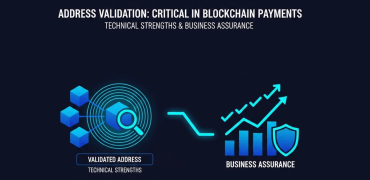Related articles

Why Address Validation Is Critical in Blockchain Payments: Technical Strengths and Business Assurance
Blockchain
Blockchain Address Monitoring for Payments and Compliance
Blockchain



 Login
Login
































 Copy link
Copy link